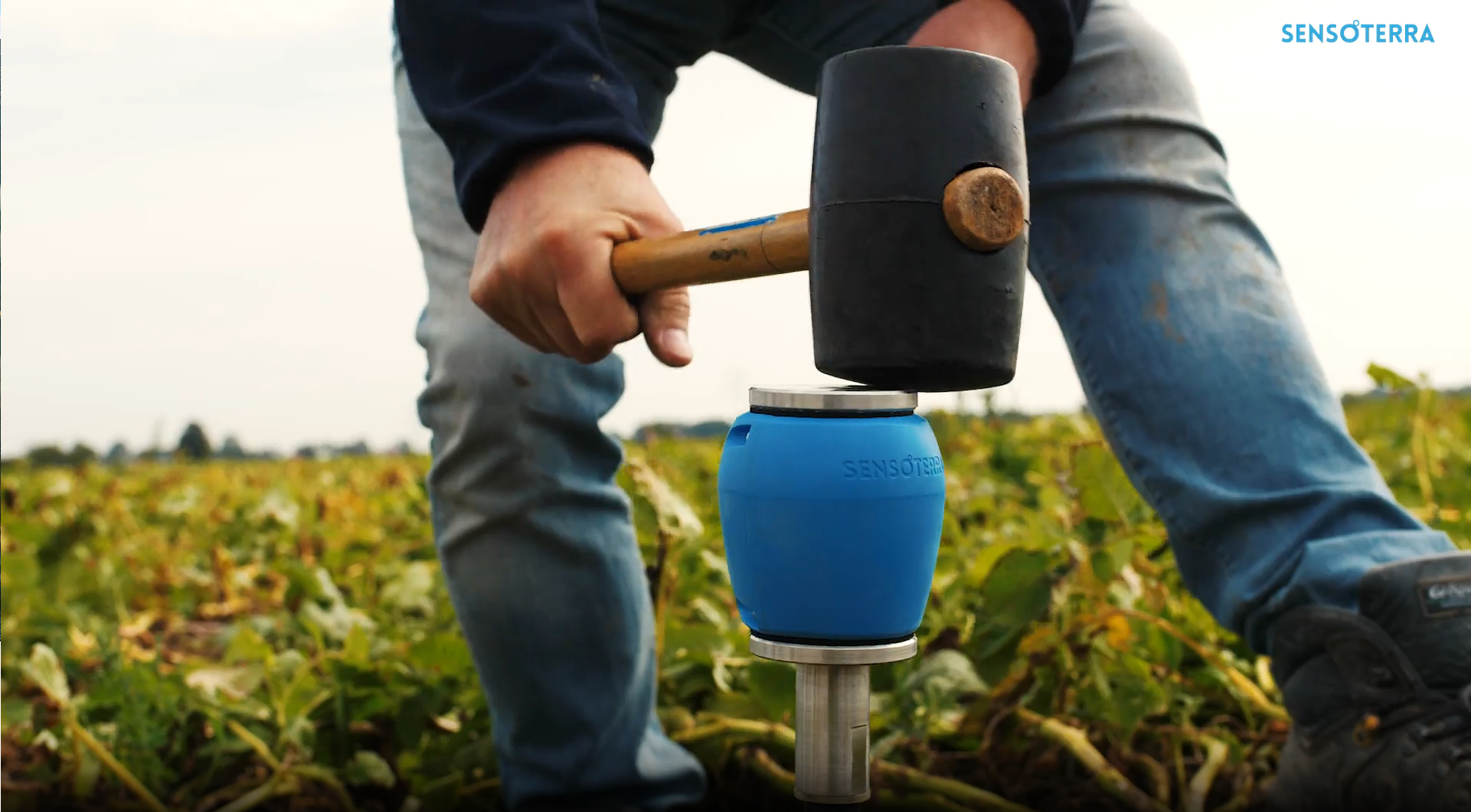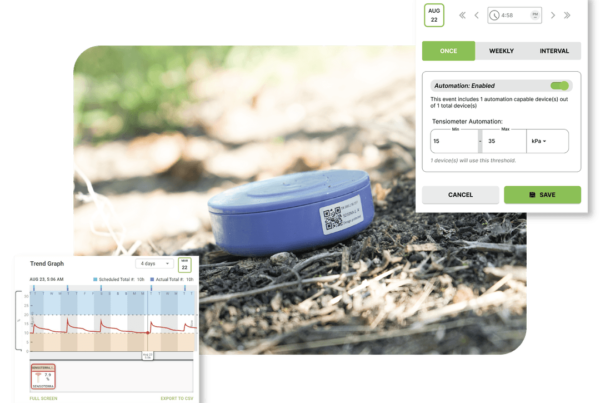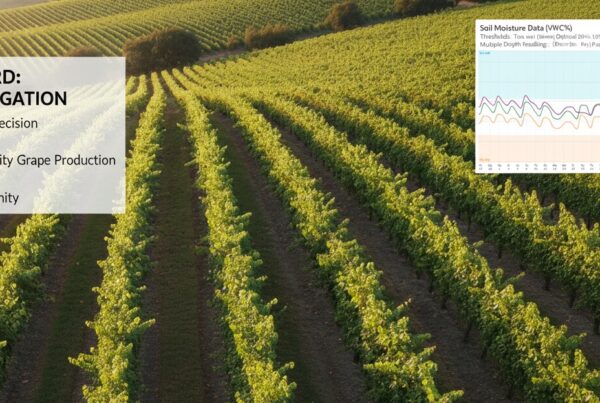Comparing Wireless and Wired Soil Moisture Sensors: Why Wireless is the Future
Soil moisture sensors are crucial tools for effective water management in agriculture, landscaping, and environmental monitoring of freshwater availability. The choice between wireless and wired soil moisture sensors can significantly impact ease of use, installation, and maintenance. Here’s a comprehensive comparison of these two solutions, highlighting why wireless sensors are often the better choice.
Ease of Installation
Wireless Sensors:
- No-Dig Installation: Wireless sensors offer a hassle-free, no-dig installation process. Simply hammer the sensor into the soil, and it’s ready to use in under a minute.
- Portability: These sensors are easy to move and re-install, making them ideal for dynamic environments where monitoring locations may change.
Wired Sensors:
- Complex Setup: Installing wired sensors typically involves digging and burying wires, which can be time-consuming and labor-intensive.
- Fixed Locations: Once installed, moving wired sensors can be cumbersome, often requiring significant effort to reposition the sensors and reconnect the wiring.
Maintenance & Durability
Wireless Sensors:
- Maintenance-Free: With no moving parts and robust design, wireless sensors require virtually no maintenance.
- Hammerability: Designed to be hammered into the soil, the Sensoterra sensors are durable and resistant to damage.
- Long Battery Life: Equipped with long-lasting batteries (5-8 years), wireless sensors operate reliably over extended periods without needing replacements.
Wired Sensors:
- Ongoing Maintenance: Wired sensors may require regular checks and maintenance to ensure wires and connections remain intact.
- Potential for Damage: The presence of wires increases the risk of damage from machinery, animals, or environmental factors, leading to potential disruptions in data collection.
Data Logging & Connectivity
Wireless Sensors:
- Built-In Data Loggers: Wireless sensors come with integrated data loggers, ensuring continuous data collection without the need for external devices.
- Seamless Connectivity: Using technologies like LoRaWAN, wireless sensors provide reliable, long-range communication with minimal power consumption.
- API Integration: Data from wireless sensors can be easily integrated into custom platforms via API, offering flexibility and scalability for various applications.
Wired Sensors:
- External Data Loggers: Wired sensors typically require external data loggers, adding complexity and potential points of failure to the system.
- Limited Mobility: Connectivity is often limited by the physical range of the wiring, reducing the flexibility of sensor placement.
- Complex Integration: Integrating data from wired sensors into custom platforms can be more challenging, often necessitating additional hardware and software solutions.
User-friendliness
Wireless Sensors:
- User-Centric Design: Wireless sensors are designed with the user in mind, offering easy installation, minimal maintenance, and straightforward data integration.
- No Special Skills Required: Anyone can set up and use wireless sensors without needing specialized skills or equipment.
Wired Sensors:
- Technical Expertise Needed: Installing and maintaining wired sensors often requires a higher level of technical knowledge and expertise.
- Time-Consuming Processes: The need for digging, wiring, and regular maintenance can make wired sensors more time-consuming and labor-intensive to manage.
Scalability & Flexibility
Wireless Sensors:
- Scalable Solutions: Wireless sensors are ideal for large-scale deployments across fields or areas, thanks to their easy installation and flexible placement.
- Adaptable: Their portability allows them to adapt to changing monitoring needs, providing data wherever it’s needed most.
Wired Sensors:
- Limited Scalability: Expanding a network of wired sensors can be challenging due to the complexities of installation and wiring.
- Fixed Infrastructure: Once installed, the infrastructure of wired sensors is less adaptable to changes in monitoring requirements.
When comparing wireless and wired soil moisture sensors, it’s clear that wireless sensors offer significant advantages in terms of ease of installation, maintenance, user-friendliness, precision and scalability. Their no-dig, maintenance-free design, coupled with advanced connectivity and integration capabilities, make wireless sensors the future of soil moisture monitoring. Whether for precision agriculture, landscaping, or environmental monitoring, wireless sensors provide a reliable, flexible, and efficient solution for managing soil moisture and optimizing water use.






